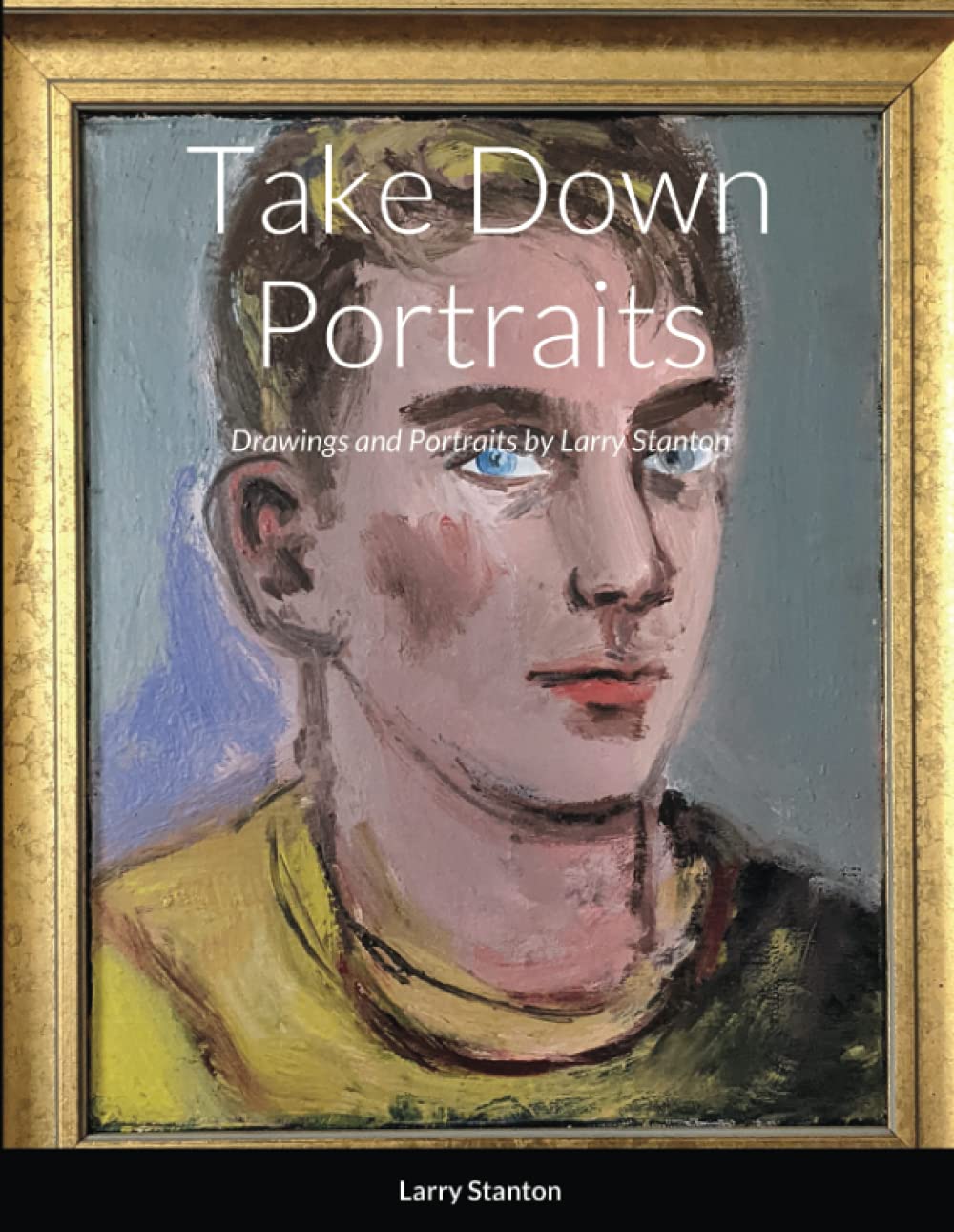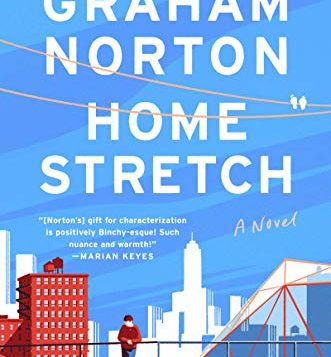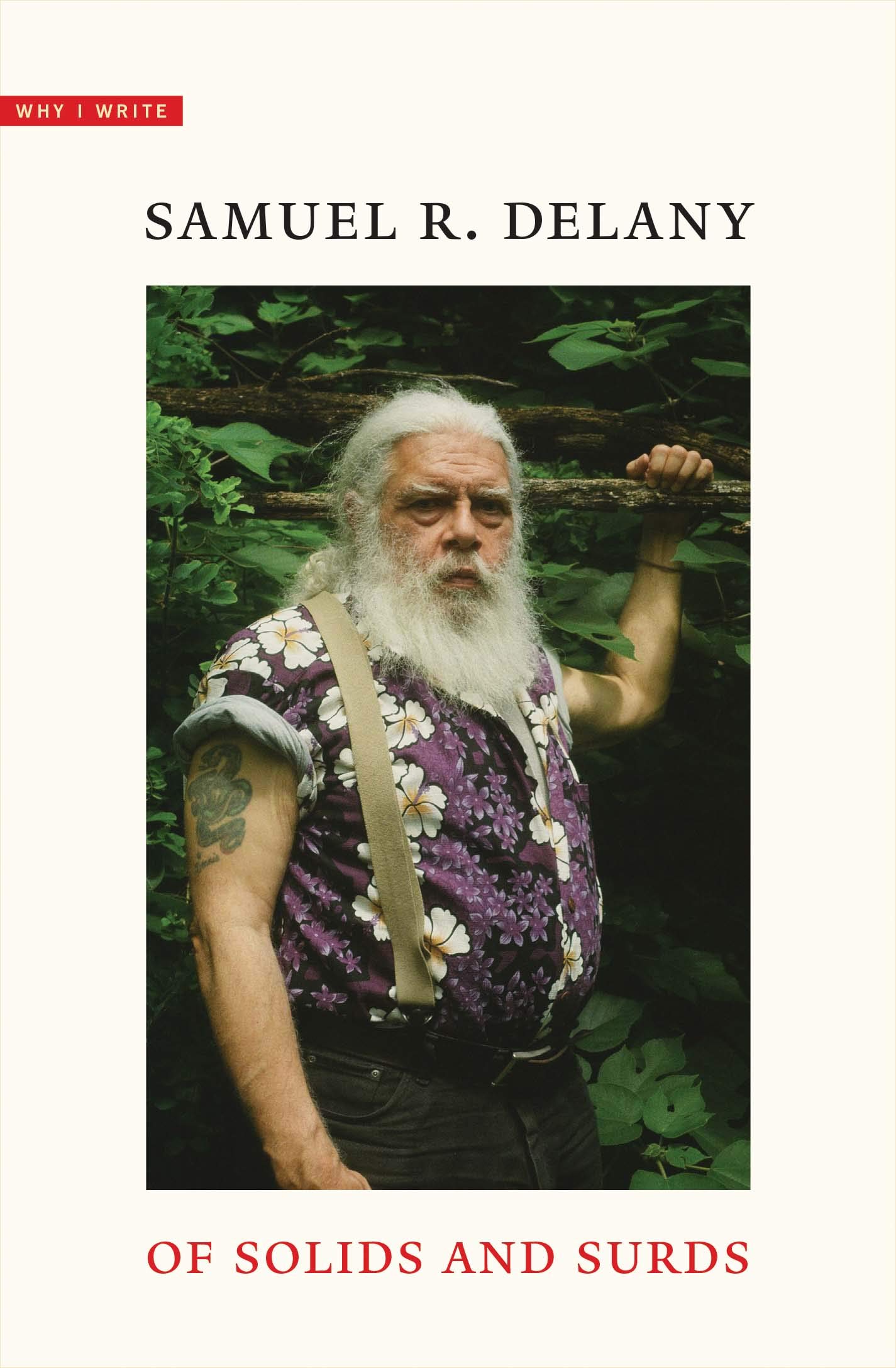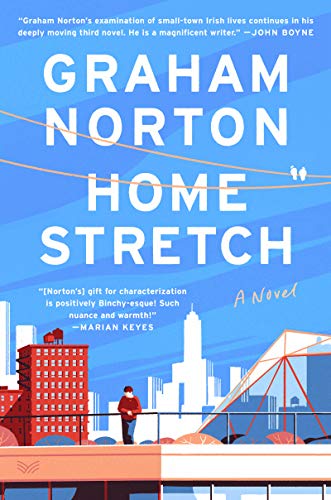 OCCASIONAL VIEWS, Volume 1
OCCASIONAL VIEWS, Volume 1
“More about Writing” and Other Essays
by Samuel R. Delany
Wesleyan U. Press. 400 pages, $24.95
At age 79, Samuel R. Delany—perhaps our best-known living Black gay writer—no longer writes fiction, but he has continued to write nonfiction essays. Of Solids and Surds, the fourth in Yale’s series by writers on writing, consists of 68 mostly short statements about the nature of writing and Delany’s experiences as a writer. It is mostly for the “general” reader, though it has some colorful bits, including a note on blowjobs in fiction. Occasional Views is a collection of interviews of and by Delany, book reviews, and related commentary on writing. Among the most interesting pieces are two about the late lesbian writer Octavia Butler, a former student of Delany’s who later became a respected colleague in the world of speculative fiction.
Occasional Views includes a riff on Allen Ginsberg’s idea of “apostolic succession” among gay men, in which connections to famous gays of earlier generations are established in a degrees-of-separation sex chain: Delany slept with Chuck Bergman, who slept with Ginsberg, whose own carnal connections went, in theory, back to Whitman. These connections are also linked in a different way to the writing community of the mid-20th century, as the straight writer Philip K. Dick was roommates with gay poets Robert Duncan and Jack Spicer at Berkeley. Delany can write scenes in which gay themes exist but are more obvious to queer eyes than to other readers. For example, one of his stories contains what he describes as “the ghost of a gay male S/M relationship.” A friend once told Delany that he would not have received certain prizes if more readers had picked up on that theme.
Alan Contreras
On top of his TV stardom, Graham Norton is the popular author of two memoirs and three novels. The latest novel, Home Stretch, is his most personal to date. It traces the repercussions over the years for the people who are involved in a tragic car accident on the day before a young couple’s marriage in a small town on coastal Ireland. Of the six people in the car that day in 1987, three survive and three do not. The bridal couple perish along with a bridesmaid-to-be; two young men survive, and a young woman who’s maimed for life. The main character is Connor Hayes, who bears the double burden of being the driver of the car and a young gay man who has not come out to his small town.
The cascading aftermath of the accident haunts everyone in town. Connor is the most aggrieved: how can he live with this and who he really is? Driven from the town by his own torments, he goes to England to find work, first as a laborer, then as a barkeep, something he knows from his family pub back in Ireland. Other than a brief Christmas card from London, he cuts off all contact with his family. Eventually, time and circumstance bring Connor to a comfortable place as a gay man living in New York City in a long-term relationship. Still, he tells no one back home of his life or whereabouts. After fifteen years away, dramatic revelations and new connections lead Connor to brave going back to his hometown, wondering what kind of reception he will receive.
Joe Ryan
 TAKE DOWN PORTRAITS
TAKE DOWN PORTRAITS
Drawings and Portraits by Larry Stanton
by Winthrop Smith
Chiron Review Press. 166 pages, $22.
For those alive in 1981, the idea that a generation of gay artists would die of a disease, yet unnamed, was unthinkable. Yet just three years later, AIDS had infected over 7,239, with over 5,000 dead. In 1984, one of the first to die, at age 37, was portrait artist Larry Stanton. Young, handsome, and talented, he captured the faces of young men in the early years of the epidemic. He immortalized the fragile beauty of those who were soon to die. He captured the wanton allure of the boys who lived when the “gay plague” was devastating the community.
Poet Winthrop Smith, who came out the year Stanton died, has brought these portraits back to life by rendering them as poems. Each poem has a “sitter” who apparently speaks with Stanton as he’s being drawn. Some sitters were famous poets like Tim Dlugos and Donald Britton—both died of AIDS—and some were unknown. Smith’s imagined encounters between a painter and his sitters allow him to construct an experience of New York at the height of the AIDS crisis. The dialog puts us into the here and now; we eavesdrop on the sitters’ momentary concerns. The poems reimagine a time on the edge of hell, but they also capture the yearning to be free. Smith has brought a lesser-known but gifted artist back to life in the context of these trying times.
Bruce Spang








